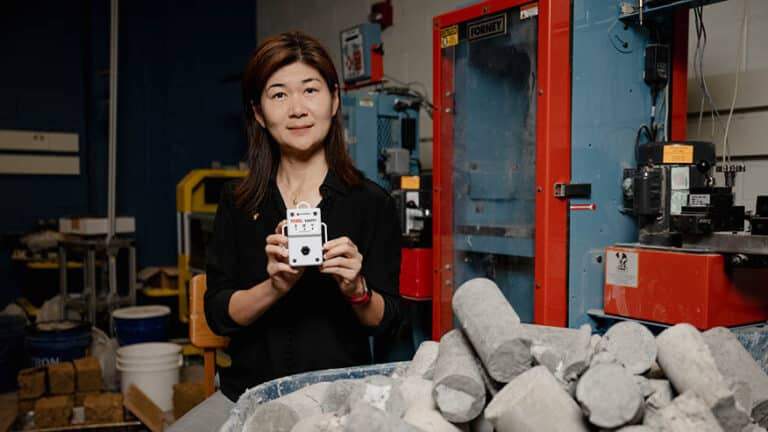Introduction
Researchers from the University of Michigan have pioneered a new way to utilize origami techniques, enabling the creation of foldable structures that are easy to deploy, reconfigure, and transport. This innovation has promising applications in modern construction, bridges, emergency shelters, and even space exploration. These adaptive folding structures will transform the landscape of these fields.
The New Technique: The Role of Uniform Thickness in Foldable Structures
Engineering applications of origami-inspired designs have long faced limitations due to challenges in load distribution for large-scale structures.However, this study has solved this problem by ensuring uniform thickness across components, allowing structures to evenly distribute weight when deployed or folded. This advancement is critical for adaptive folding structures.

According to Evgueni Filipov, an associate professor of civil and environmental engineering:
“That uniformity of the component’s thickness is what’s key and what’s missing from many current origami systems. When you have that, together with appropriate locking devices, the weight placed upon a structure can be evenly transferred throughout.”
Potential Applications of Foldable Structures
This technique applies to various fields, as shown by the prototype’s ability to transform into:
- Foldable bridges for rapid deployment in emergencies.
- Shelters and bus stops that are easy to set up and highly durable.
- Columns and platforms suitable for use in space and on Earth.
Filipov adds: This innovative approach demonstrates the versatility of adaptive folding structures across diverse environments.
“With its adaptability and load-carrying capability, our system can build structures that can be used in modern construction.”
Prototype Details
The research team successfully built a 1.6-ft-wide cubic prototype, which can unfold into:
- A 13-ft-long bridge
- A 6.5-ft-tall bus stop
- A 13-ft-tall column
Next Steps in Research
The team aims to develop more complex designs and improve connections between components, expanding the range of potential applications. Future research into adaptive folding structures will continue to push boundaries.

Summary Table
| Aspect | Details |
|---|---|
| Innovation | Using origami-inspired structures with uniform thickness to create strong, foldable designs. |
| Main Benefit | Easy transportation, deployment, and reconfiguration with evenly distributed loads. |
| Applications | Bridges, shelters, bus stops, space structures. |
| Prototype Dimensions | A 1.6-ft-wide cube that transforms into a 13-ft bridge, 6.5-ft bus stop, or 13-ft column. |
| Next Step | Enhancing designs and improving connections between components for broader usage. |
Conclusion
This discovery could revolutionize civil engineering, providing strong, easily transportable, and rapidly deployable structures. With funding from the National Science Foundation and the Automotive Research Center, the research team continues to refine this promising technology, paving the way for the future of modern construction. These adaptive folding structures signify a big leap forward in these fields.



![Bathroom Bundle Kit [Flat End] – Walnut / Walnut / Steel Ring & Screws](https://archup.net/wp-content/uploads/2021/12/13200-bathroom-bundle-kit-flat-end-walnut-walnut-steel-ring-screws-scaled.jpg)



